Jason Corbett, a devoted father of two from Ireland, faced an unimaginable tragedy when his first wife passed away suddenly. Struggling to navigate life as a single parent, he sought help to raise his children, hiring a woman who, shockingly, would later be accused of ending his life.
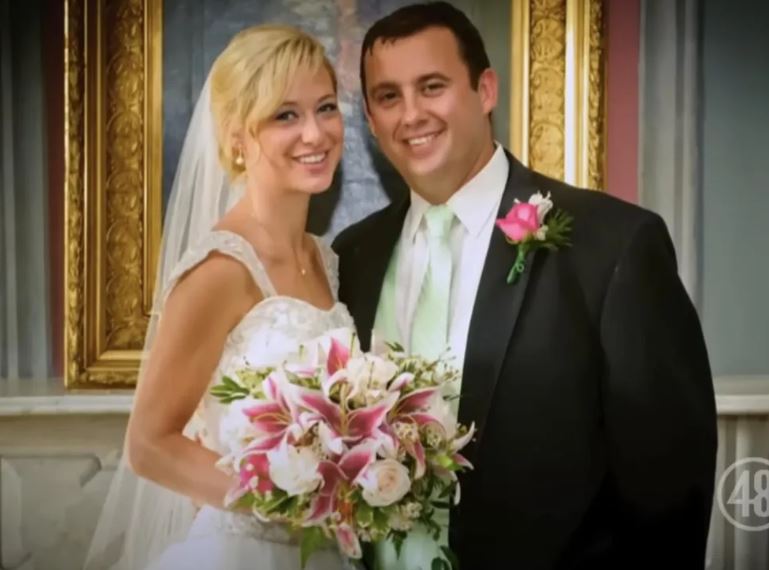
Jason Corbett’s tragic story begins long before his untimely death. His first wife, Mary, passed away suddenly in 2006 due to an aneurysm, leaving Jason devastated and alone to care for their two young children. This loss changed the course of his life forever.
In the wake of the tragedy, Jason was left to navigate single parenthood. It was during this difficult time that he crossed paths with Molly Martens, a woman who would eventually become central to his story in ways he never could have imagined.
His sister, Tracey Lynch, who still lives in Ireland, has struggled deeply with his death. “I just couldn’t process it. It was… you know, he was my best friend,” she shared, her words heavy with grief. “We were just two of the closest people in the world to each other, outside my husband and children.”
Growing up in a large Irish family in Limerick, Jason had always been a kind and compassionate person, known for his warm heart and generous nature. Tracey fondly recalls their summers spent together in Spanish Point, County Clare—days filled with fishing, laughter, and a strong sense of their traditional Irish upbringing. These memories of simpler, happier times contrast sharply with the heartbreaking events that would unfold later in Jason’s life.
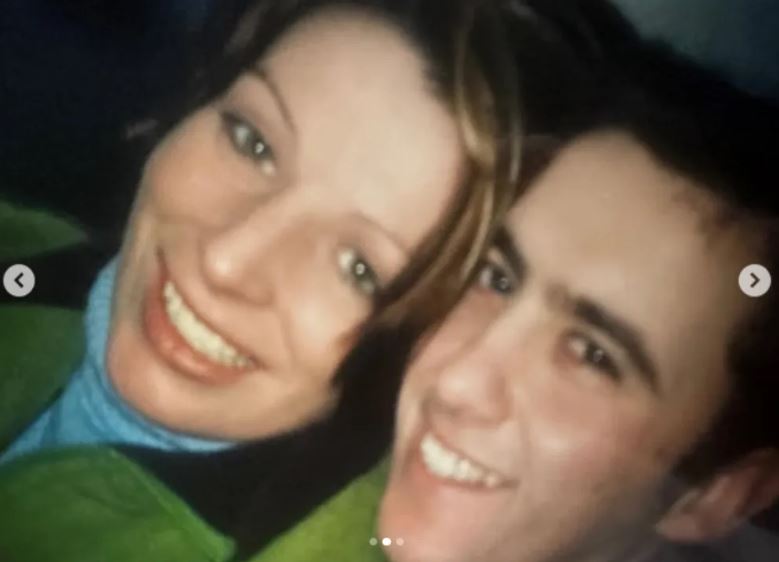
Jason Corbett also left behind his twin brother, Wayne, who shared a special bond with him. Despite their identical appearance, Wayne explained that their personalities were distinctly different. “Jason was the kind of person whose presence was always felt before you even saw him,” Wayne recalled, reflecting on how his brother had an undeniable energy that filled any room.
Meanwhile, Tracey fondly remembered the time Jason spent with his first wife, Mags Fitzpatrick. She described their relationship as one of true happiness and vitality. “They were so full of life together,” Tracey said, reminiscing about the love and joy they shared. In those years, Jason and Mags were inseparable, and their connection seemed unbreakable—an enduring love that had, unfortunately, been cut short by her sudden passing.
When Jason and Mags welcomed their lastborn, Sarah, into the world, they felt their family was finally complete. With their two children, they had their “little prince and princess,” and it was a moment of pure joy and fulfillment. Jason, always the doting father, saw Sarah as the perfect addition to their family, bringing even more love and happiness into their lives. It was a time when their small family seemed like the perfect picture of happiness—a bond that would endure, or so they thought, forever.
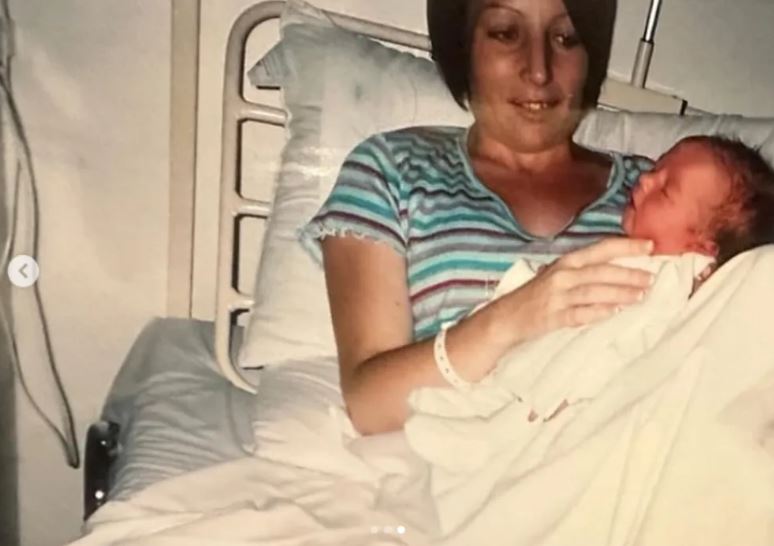
Just months after Sarah’s birth in 2006, tragedy struck when Mags, who had long battled asthma, suffered a severe attack. Tracey recalled the harrowing moment when Mags woke Jason in distress, gasping for breath. Despite immediately using her nebulizer in an attempt to ease her breathing, her condition rapidly worsened. It was a moment that would change Jason’s life forever, as he helplessly watched his wife, the mother of his children, fight for her life.
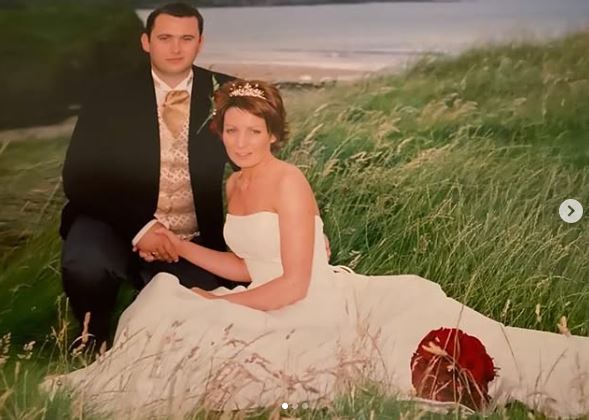
Tragically, Mags passed away in the ambulance on her way to the hospital, leaving Jason utterly shattered. At just 30 years old, he became a widower, suddenly responsible for their two-year-old son and 12-week-old daughter. The weight of the loss was unimaginable, and Jason was forced to navigate the overwhelming challenge of grief and single parenthood at the same time. His world, once filled with the promise of a shared future, was now forever changed.
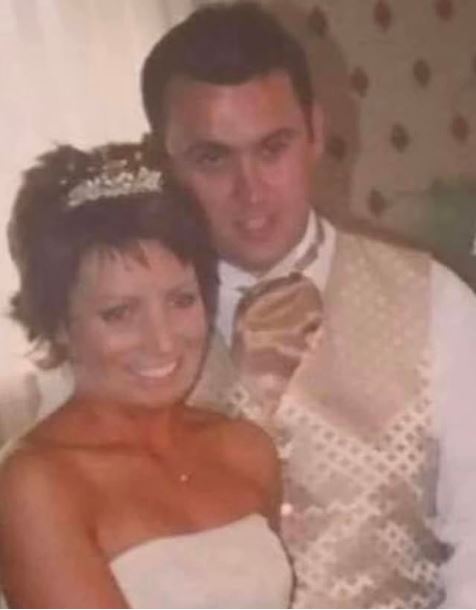
When Jason hired Molly Martens, a woman originally from Knoxville, Tennessee, to help with the children, she seemed like a godsend. She was kind, gentle, and quickly formed a bond with Jason’s kids. Over time, Jason’s family began to notice a shift. His sadness, which had weighed heavily on him since Mags’ passing, seemed to lift. Molly’s presence brought a sense of warmth back to their home, and for the first time in a long while, Jason seemed like his old self again.
Lynn Shanahan, a longtime friend of the family, recalled a holiday spent together with Jason, the children, and Molly. She observed that the couple, now romantically involved, seemed genuinely happy. The way they interacted, the laughter they shared, and the ease with which they connected painted a picture of a man who had, at last, found a new sense of peace and happiness after so much loss.
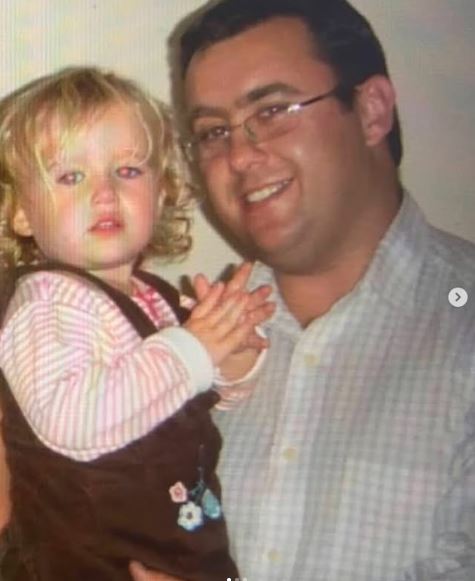
The children, too, seemed to thrive in the new family dynamic. Nearly two years after Molly had arrived as an au pair, Jason, now genuinely in love, proposed to her. The engagement took place at Freddy’s Bistro in Limerick on Valentine’s Day 2010, a romantic setting that marked a new chapter in their lives. It was a moment of joy, one that Tracey fondly remembers. “He was happy, yeah, he was. He was in love. He loved Molly,” she reflected, recalling the warmth and hope Jason had in those days.
However, in the wake of Jason’s tragic death, his family and close friends began to reflect on his final years and expressed concerns they had quietly observed. Though Jason seemed happy on the surface, there were signs that, in hindsight, raised questions about the relationship and whether all was as it appeared. These concerns, though unspoken at the time, would later become part of the complex story of Jason’s life and his untimely end.

As Jason’s second marriage drew closer, his family, though supportive, began to notice signs that something was off in his relationship with Molly. When they arrived in the U.S. for the wedding, their concerns only deepened. Tracey, in particular, was troubled by Molly’s behavior. “She was very controlling,” Tracey recalled, noting how Molly’s actions were far from what one might expect from a joyful bride-to-be. Rather than the excitement of wedding preparations, Molly appeared distant and angry, often retreating into bed and avoiding social interactions altogether.
But it was one specific moment that really raised alarm bells for Tracey. One of the bridesmaids, in passing, shared something Molly had told her before the wedding—that she had been friends with Mags, Jason’s late wife, before Mags passed away. The twist? Mags had died of an aneurysm, not cancer. The claim felt odd and unsettling, especially since it didn’t align with the reality of Mags’ illness. For Tracey, it was the first moment where the cracks in Molly’s story—and in the relationship—began to show. Something wasn’t adding up.
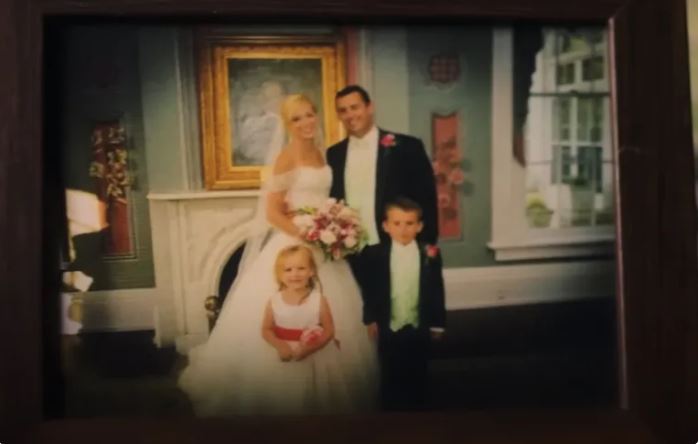
The revelation that Molly had claimed to be friends with Mags—when in reality, Mags had passed away from an asthma attack and Molly had never known her—was a turning point for Jason’s family. It deeply unsettled them, leading to serious questions about Jason’s decision to marry Molly. His best friend and groomsman, Paul Dillon, also felt something was wrong. In fact, Paul couldn’t shake the feeling that Jason should have walked away from the whole thing.
On the day of the wedding, Paul vividly recalled telling Jason, “You’re the most unhappy man I’ve ever seen on your wedding day.” Paul, clearly concerned, urged Jason to reconsider. He suggested that Jason should just get on a plane, fly home, and take some time to think about it. But Jason, bound by the commitment he had made, felt he couldn’t back out. Despite the growing unease among those who loved him, Jason believed he had made a promise, and it was a promise he felt he had to keep—even if it meant sacrificing his own happiness.
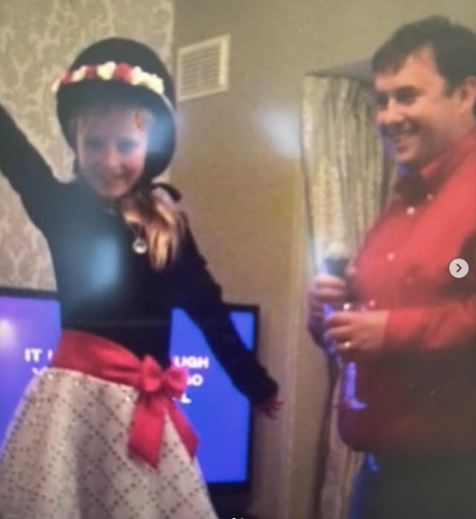
Keith Maginn, Molly’s former fiancé, also shared troubling insights that echoed the concerns of Jason’s family and friends. He revealed that they were still together when Molly left for Ireland to become an au pair. “She had a lot of things going on,” Keith explained, offering a glimpse into Molly’s struggles before she met Jason.
According to Keith, Molly faced significant mental health challenges of her own. She struggled with migraines and insomnia, often retreating to the bathroom, soaking in the tub and crying on the bathroom floor. Keith admitted that both of them were dealing with their own personal battles at the time. These struggles, which Molly hadn’t fully shared with those around her, may have contributed to the complexities of her relationship with Jason and the tension that seemed to linger beneath the surface of their life together.
Although Keith didn’t have official documentation to back up his claims, later medical records revealed that Molly had indeed been diagnosed with depression, shedding light on some of the struggles she had faced in her past. Authorities would later question both Molly and her father about the circumstances surrounding Jason’s death. In their interviews, they both provided consistent accounts of events, sticking to the same story. However, the inconsistencies and troubling revelations that emerged in the aftermath raised more questions than answers, leading to further scrutiny of Molly’s actions and her past.
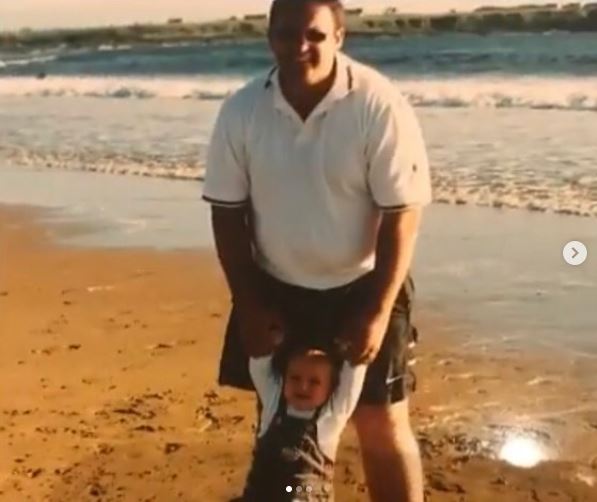
According to Molly and her father, the story they provided about what happened on that fateful day was consistent. They claimed that on the night of Jason’s death, a heated argument had escalated between them, which ultimately led to Jason being killed.
Molly and her father described a violent confrontation, in which they alleged that Jason had been aggressive. They said that, in a moment of self-defense, Molly had struck him. The details of what happened next were somewhat murky, but both Molly and her father maintained the same narrative during their questioning by authorities: that Jason had been the aggressor, and that Molly had reacted out of fear for her safety.
However, this account was heavily scrutinized by investigators, and many details seemed questionable. The inconsistencies in their story, combined with other evidence that surfaced during the investigation, led authorities to doubt the veracity of their version of events. Ultimately, the investigation revealed much more complexity than what Molly and her father had initially conveyed, leading to deeper concerns about what really happened that tragic night.
After the death of his first wife, Jason relocated to the United States with Molly and his two children, Jack and Sarah—moving to his new wife’s home country in hopes of starting fresh. However, what seemed like a new beginning quickly turned dark, ultimately culminating on the night of August 2, 2015.
During a 911 call that night, Molly’s father, Tom Martens, a former Federal Bureau of Investigation (FBI) agent, made a chilling confession. When the dispatcher answered, Tom explained that a violent altercation had taken place between Jason and Molly. He claimed that he had intervened in the fight, adding that Jason was in “bad shape.” Tom’s words were vague, but the urgency and seriousness in his voice suggested something far more disturbing than a typical domestic dispute.
The call set off a chain of events that would soon unravel the details of Jason’s tragic death, raising more questions than answers about what truly happened that fateful night. Tom’s involvement, along with the subsequent investigation, would reveal the complexities of the case and lead to deeper scrutiny of both Molly and her father’s role in Jason’s untimely demise.

When the dispatcher pressed Tom Martens for clarification on what he meant by “bad shape” and whether Jason was “hurt,” Tom’s response took a more chilling turn. He stated, “He’s bleeding all over, and I, I may have killed him.” This stark admission raised immediate alarms, as it suggested that Tom, a former FBI agent, may have played a more significant role in Jason’s injuries than initially disclosed.
Later, during police questioning, Molly provided her version of events. She claimed that during the altercation, Jason had repeatedly screamed, “I’m going to kill you,” as the tension between them escalated. Molly’s statement painted a picture of a violent confrontation, but the authorities were left to wonder whether the threat was genuine or part of a larger, more complicated scenario.
When police arrived at their home in Winston-Salem, North Carolina, they found Jason’s lifeless body. The evidence suggested that he had been brutally beaten, though the exact details of what had transpired remained unclear. The scene led investigators to question whether the altercation had been a tragic accident, a case of self-defense, or something more sinister entirely.

When authorities arrived at the scene, they quickly discovered Jason’s blood on Molly, and it wasn’t long before they identified her and her father, Tom Martens, as the primary suspects. However, their motive remained unclear, leaving investigators with more questions than answers.
Hours later, Tom Martens, the 30-year FBI veteran, was interviewed by police and recounted how he became involved in the tragic incident. According to Tom, he had been staying overnight at Molly’s home when a disturbance from upstairs abruptly woke him. In response, Tom claimed he grabbed an aluminum Little League baseball bat that he had brought as a gift for the children and rushed to Molly’s room.
The details of what happened next would be crucial in the investigation, as Tom’s involvement in the altercation began to unfold. His actions, especially given his background as a former FBI agent, raised further suspicions, and investigators worked to piece together the full sequence of events leading to Jason’s death. Tom’s version of the story added more layers of complexity, but the inconsistencies in his account, combined with the evidence, would soon raise even more doubts about the true nature of that fateful night.
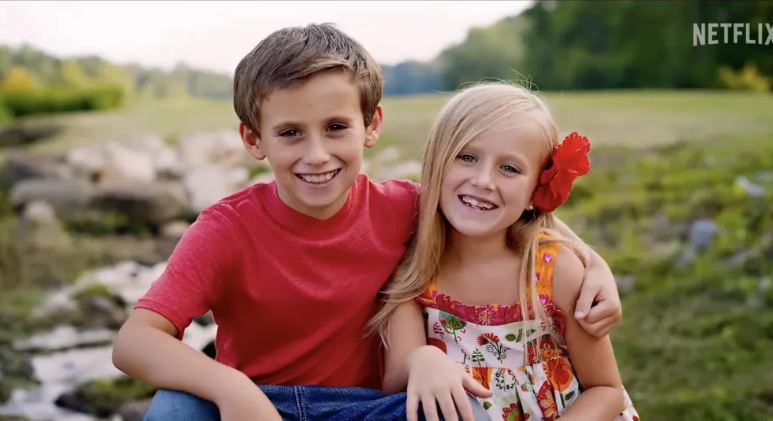
According to Tom Martens, when he entered Molly’s room that night, he claimed to have found Jason with his hand around his daughter Sarah’s throat. Tom said that in the heat of the moment, he demanded that Jason release her, but instead, Jason allegedly threatened to end her life. Tom, acting on what he described as pure instinct, said he struck Jason with the aluminum baseball bat in an attempt to protect his granddaughter and stop the threat.
This version of events, however, raised serious questions. The police were left to determine the truth of Tom’s claims, as the violence that followed appeared to go far beyond self-defense. Tom’s involvement, combined with the physical evidence at the scene, suggested that Jason’s death was not as straightforward as a moment of protective action gone wrong. Investigators worked to piece together the conflicting accounts and uncover the full truth of what happened that night.
According to Tom Martens, despite his initial attempt to protect Sarah, Jason reportedly overpowered him due to his strength. Tom described a chaotic struggle, saying he ended up scrambling on the floor after his glasses were knocked off during the altercation. In that moment, Tom claimed he only thought of one thing—that Jason was going to kill him. This sense of fear, according to Tom, heightened the tension and urgency of the situation.
However, investigators were skeptical of this version of events, given the severe nature of Jason’s injuries and the circumstances surrounding the incident. The narrative of self-defense was being called into question as more details emerged, leading authorities to look deeper into the events that unfolded that night. Tom’s actions and the escalating violence raised serious concerns about the true nature of the confrontation.
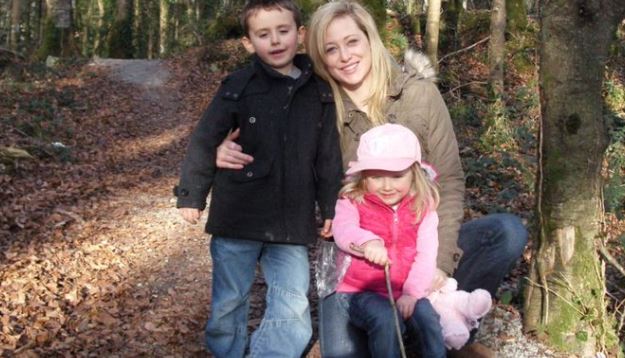
Molly’s statement to Davidson County Sheriff’s investigators seemed to support her father’s version of events. She recalled that during the altercation, Jason attempted to hit her father, but she claimed he “might have missed.” In response to the escalating violence, Molly said she then struck Jason on the head with a paving stone she had grabbed from her nightstand. This action, according to her, was an attempt to protect her father and stop the confrontation.
However, the sequence of events described by both Molly and her father raised more questions than answers. The use of such a heavy object in the altercation, combined with the conflicting accounts, led investigators to question whether the situation was truly an act of self-defense or if something more sinister was at play. As the investigation unfolded, the details of that night became increasingly complex, leaving authorities with significant doubts about the truth behind the tragic incident.
When an investigator asked Molly why there was a brick in the room, she responded with a curious explanation: “Um, the kids and I—we were going to paint these bricks and flowers around the mailbox.” This explanation seemed out of place, as it raised further doubts about the events leading up to Jason’s death. The presence of the brick, along with Molly’s unclear response, added another layer of uncertainty to the situation.
Meanwhile, Tom continued his account, stating that after the initial struggle, he eventually regained control of the bat and struck Jason several times. His version of events painted a picture of a chaotic, violent confrontation, but investigators were left to piece together whether this was truly a defensive act or something more deliberate.
For Jason’s family, especially his sister, Tracey, accepting the nature of his death has been incredibly difficult. The conflicting stories, the use of the bat and brick, and the involvement of Molly and her father have made the truth harder to grasp. Tracey, who had always seen her brother as a kind, loving man, struggled to reconcile the idea that his death unfolded in such a violent and tragic way. The circumstances surrounding Jason’s passing remain a painful, unresolved chapter for his family.

Tracey felt a sense of relief when charges were finally filed against Molly and Tom, firmly rejecting their self-defense claims from the start. She believed the events surrounding Jason’s death were not driven by fear or self-preservation, but rather by a much clearer motive—Jason’s intent to leave Molly and take the children. For Tracey, this motive was undeniable and central to understanding why Jason was killed.
Prosecutors also classified Jason’s death as murder, countering the defense’s narrative. Tracey, speaking out about the pain of losing her brother, vehemently refuted the portrayal of Jason as an aggressor. “Not only did they kill my brother,” she said, “but they tried to destroy his character.” She was adamant that Jason had been a victim of a violent, calculated act, one that was unjustified and deeply cruel.
In her heart, Tracey remembered her brother as “an amazing human being”—someone who was kind, loving, and devoted to his family. The way Molly and Tom framed the events, in her view, was a gross misrepresentation of who Jason was. For Tracey, seeking justice was not only about holding them accountable but also about protecting her brother’s memory and ensuring that the truth was finally heard.
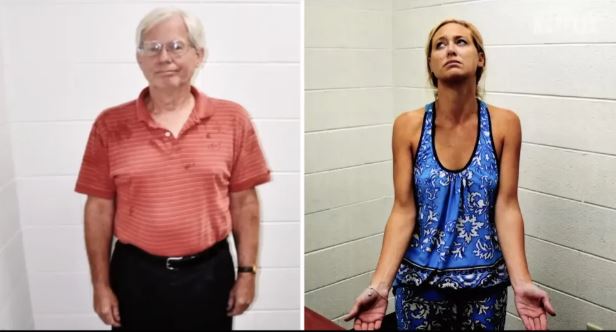
Tracey firmly believes that Jason had made final plans to return to Ireland with the children, and that Molly discovered this the night of the incident. This revelation, according to Tracey, triggered the tragic events that followed. Lynn, a long-time family friend, supported this theory, suggesting that Molly no longer needed Jason and had been preparing to portray him as abusive in order to gain custody of the children.
After the children returned to Ireland following Jason’s death, Tracey took steps to help them cope with the loss and trauma. She arranged therapy to help them adjust to their new reality without their father. Nine months later, Jack, Jason’s son, spoke to a social worker, revealing that the earlier abuse allegations made against his father were false. This admission was a pivotal moment for Tracey, as it validated her belief that Jason had been wrongfully painted as an abuser and that the truth of the situation was far different from the narrative put forth by Molly and her father.
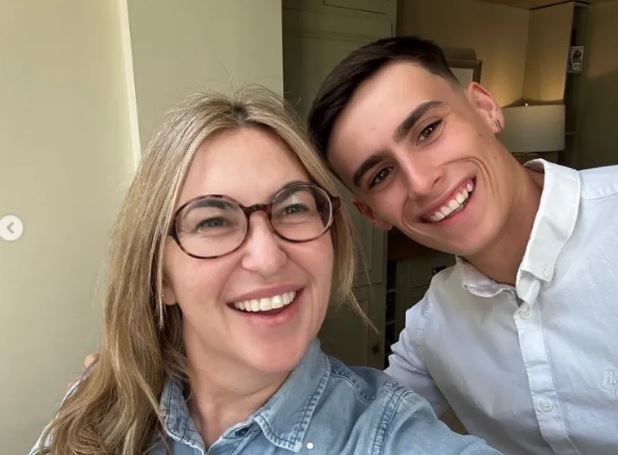
During one of the trials, prosecutor Alan Martin tearfully described the brutal nature of Jason’s death, emphasizing that no one deserved to die in such a violent and horrific way. His emotional plea highlighted the tragedy of the situation, reinforcing the brutality of the crime and the suffering that Jason endured.
In stark contrast, Molly’s brother, Connor Martens, expressed disbelief and shock over the convictions of both Molly and Tom. He struggled to comprehend the reality of what had happened, unable to accept that his family members had been found guilty of such a serious crime.
Both Molly and Tom ultimately pleaded guilty to voluntary manslaughter in exchange for the dismissal of the second-degree murder charges. Their decision to plead guilty led to a reduction in their sentences. Initially convicted in 2017, Molly was sentenced to 20 years for manslaughter, while Tom was sentenced to 25 years for second-degree murder. The plea deals marked the end of a long and painful legal battle, but the sentences did little to ease the anguish of Jason’s family, who were left to mourn his loss and come to terms with the truth of what had transpired.
After their sentencing, Molly, visibly emotional, tearfully told her mother, “I’m so sorry. I should have just let him kill me.” Despite her apparent remorse, both she and her father, Tom, continued to claim that they acted in self-defense. However, their convictions were overturned in 2020 due to the exclusion of key evidence during the trial, and this decision was upheld in 2021, opening the door for further legal proceedings.
In a special hearing that followed, Tom pleaded guilty to voluntary manslaughter. Meanwhile, Molly entered a “no contest” plea, which the judge accepted as equivalent to a guilty plea. By doing so, they waived their right to a jury trial and agreed to forgo having aggravating factors assessed by a jury, effectively expediting the legal process.
This series of legal developments marked a significant turning point in the case, but the path to justice for Jason’s family remained a painful and ongoing journey. The questions about the true nature of Jason’s death and the motivations behind the actions of Molly and Tom Martens continued to linger, even as the case moved toward its conclusion.
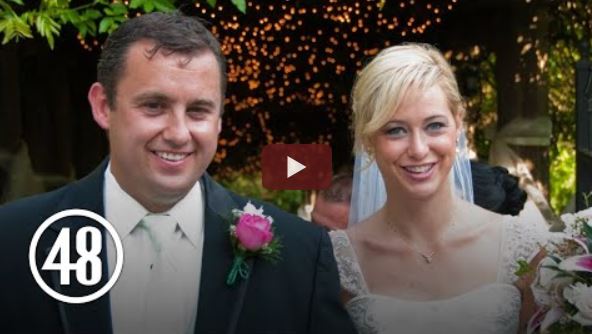
During the ongoing sentencing hearing, the prosecution cited the children’s presence during the killing as an aggravating factor, though it wasn’t legally recognized at the time of the initial trial. The judge will ultimately decide on the final penalties, taking into account various factors, including the severity of the crime and the circumstances surrounding it.
Under the law, Class D manslaughter can result in a sentence of up to 17 years in prison or probation, depending on the specific circumstances of the case. Both Molly and Tom had already served nearly three years in prison before their original convictions were vacated, adding complexity to the sentencing process as the judge determines how much time they should ultimately serve.
In the years following the legal proceedings, a documentary about the case was released, bringing the events and their aftermath into the public eye once again. The documentary aimed to shed light on the intricacies of the case, exploring the different perspectives and raising questions about the true nature of the tragedy. It has sparked renewed interest in the case, keeping Jason’s story and the legal battle alive for a broader audience to understand and reflect upon.

The release of Molly and Tom in June 2024 reignited public interest in the case, prompting filmmakers Jessica Burgess and Jenny Popplewell to create a documentary that presents both sides of the story. Titled “A Deadly American Marriage,” the film aims to offer a comprehensive look at the tragedy, its aftermath, and the complicated emotions that followed.
The documentary is structured like a trial, with testimonies from Molly, Tom, and even Jason’s children, providing a platform for all perspectives to be heard. This approach allows viewers to draw their own conclusions about what truly transpired that fateful night and the motivations behind the events.
At its core, “A Deadly American Marriage” underscores the emotional and psychological toll of the tragedy, especially the identity struggles that the children and family members faced in the wake of Jason’s death. The film dives deep into the complexities of grief, guilt, and the search for justice, offering a thought-provoking exploration of both the legal and emotional aftermath of the case. By giving voice to everyone involved, it presents a multi-layered perspective on a heartbreaking story, ensuring that viewers are left to reflect on the broader consequences of the decisions made that night.

The filmmakers of “A Deadly American Marriage” highlighted the tragic turn Jason’s life took after his move to America, which quickly spiraled into a nightmare. What was meant to be a fresh start for Jason, his children, and Molly became a horrific story of violence, manipulation, and loss.
After Jason’s death, his children became the focal point of a fierce custody dispute. Molly, as their stepmother, sought to keep custody, while Jason’s sister and brother-in-law—named as the children’s guardians in Jason’s will—fought for their right to raise them. This custody battle added another layer of tension and grief to an already traumatic situation, as both families navigated the aftermath of the tragedy while trying to ensure the children’s well-being.
The filmmakers presented this struggle as a heartbreaking consequence of the larger events, emphasizing the impact of Jason’s death not just on his immediate family, but also on the children, who found themselves caught in the middle of a bitter and emotional legal battle. The documentary sheds light on the profound consequences of a situation that began with hope and ended in tragedy, highlighting the lasting effects it had on everyone involved.

The film also delves into Jason’s reservations about his wife Molly adopting the children, a decision he had been hesitant about. Molly, however, viewed his reluctance as controlling, and the tension surrounding this issue highlighted some of the deeper conflicts in their relationship. This layer of emotional complexity sheds light on the growing disconnect between Jason and Molly, contributing to the larger narrative of his decision to leave her and take the children back to Ireland.
Ultimately, an American court ruled that the children should live with the Corbett family in Ireland, in line with Jason’s wishes, as outlined in his will. For Jack and Sarah, this decision has remained a source of comfort, with both children expressing that they believe it was the right choice. Despite the traumatic events they endured, being raised by their extended family in Ireland allowed them to heal and find stability, which they continue to cherish as they grow older.
The documentary presents these emotional complexities, allowing viewers to understand the difficult choices and the lasting impact of those decisions on Jason’s children. It underscores the sense of resolution Jack and Sarah now feel, despite the heartbreaking circumstances that led to their relocation.
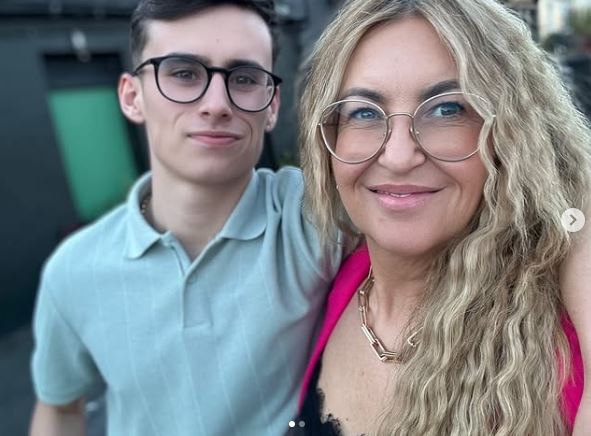
In the trailer for the documentary, released on April 24, 2025, a deeply emotional revelation was made: the children were asleep when Jason died. This added another layer of complexity to the case, as it highlighted their innocence and the shock of the situation.
When questioned by authorities about whether their father had ever hit Molly, the children’s responses were telling. Sarah admitted, “Molly made me lie,” implying that she had been coerced into providing false information. Jack, her brother, firmly stated, “I never saw my dad ever lay hands on Molly,” reinforcing the idea that the abuse allegations against Jason were not grounded in truth. Sarah, in a poignant moment, added, “My dad is a really amazing person,” providing a clear, emotional defense of her father’s character.
In the trailer, Tom Martens also appeared, standing by his actions without regret. He insisted that he had entered his daughter’s room that night with the intention of saving her, further maintaining his defense of self-defense. His unwavering stance in the trailer was a powerful moment, leaving viewers to reflect on the contrasting versions of events presented by both families.
The trailer offers a glimpse into the ongoing emotional aftermath of Jason’s death, revealing the toll it took on the children and the conflicting narratives that continue to surround the case. It sets the stage for a documentary that explores the complexity of the tragedy, the manipulation of the children, and the long-lasting impact of the events on everyone involved.
The haunting story of Jason Corbett’s death continues to unfold, leaving behind a trail of unanswered questions, accusations, and a family’s relentless pursuit of justice. The complexity of the case—marked by emotional turmoil, conflicting narratives, and legal battles—has captured public attention for years. Through the newly released documentary, Jason’s story is brought to the forefront once again, ensuring that his life and the truth of his death will not be forgotten.
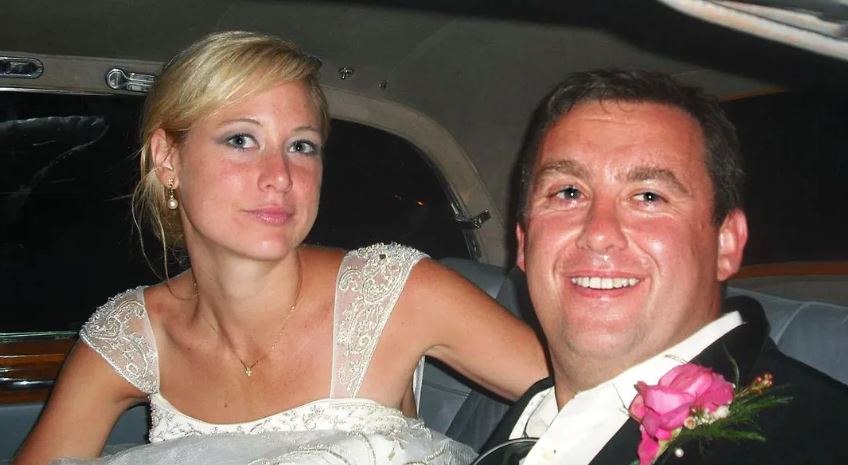
The film offers a deeply human perspective on the tragedy, giving voice to those who loved Jason and providing a platform for the children whose lives were irrevocably altered. It explores the devastating emotional aftermath, the manipulation of young minds, and the ongoing fight for justice.
As the documentary unfolds, it highlights the importance of seeking truth in the face of overwhelming grief and pain. Jason Corbett’s story, though tragic, serves as a reminder of the fragility of life and the enduring power of a family’s love and determination to honor the memory of their loved ones.